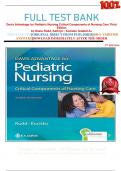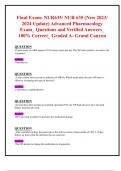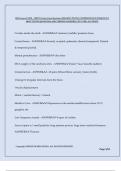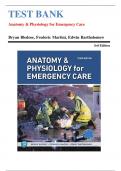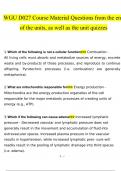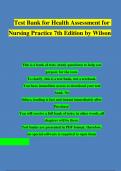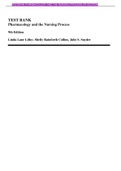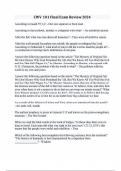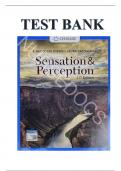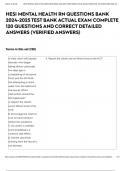Tentamen (uitwerkingen)
FULL TEST BANK Davis Advantage for Pediatric Nursing Critical Components of Nursing Care Third Edition by Diane Rudd, Kathryn ; Kocisko Graded A+
- Vak
- Instelling
- Boek
FULL TEST BANK Davis Advantage for Pediatric Nursing Critical Components of Nursing Care Third Edition by Diane Rudd, Kathryn ; Kocisko Graded A+
[Meer zien]
